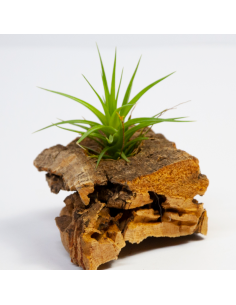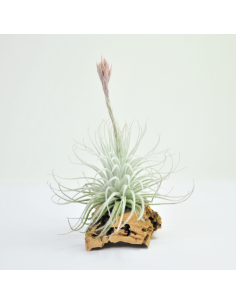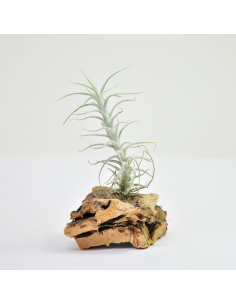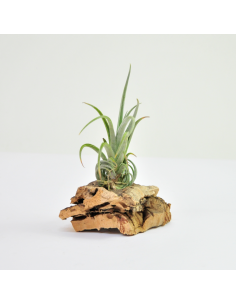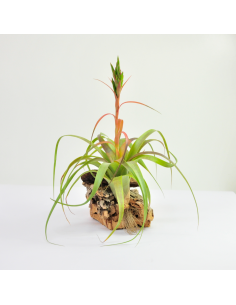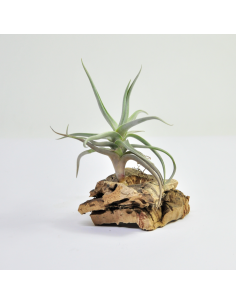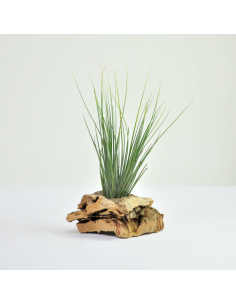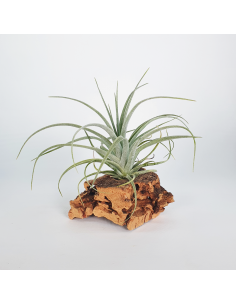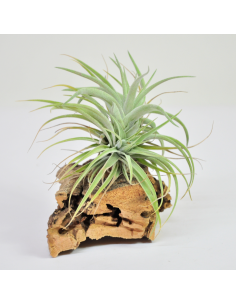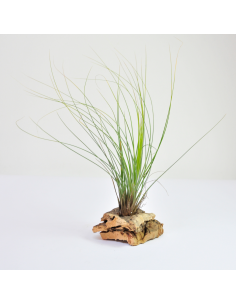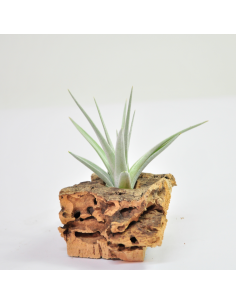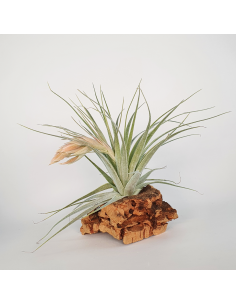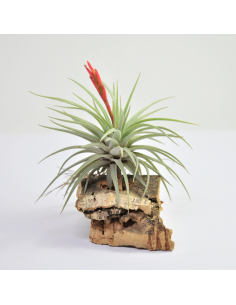Tillandsias or air plants
Tillandsias belong to the family of the Bromeliads. Most are epiphytes, meaning they live on trees, shrubs, cacti, power lines and telephone lines. Tillandsias are no parasitic, that is not living at the expense of their guests, only used as a support to avoid living in the soil. Some are lithophytes, that is, living on rocks. Most commercial species need much light. 95% of its power comes from the humid air, fog, rain, dust, bird droppings, dead insects in decomposition, etc., falling between the leaves, and are stored and absorbed in their tanks with special scales for this. The other 5% of the power obtained by his new roots that adhere to the bark of its host and absorb moss, leaf litter and other elements dissolved in rainwater.

